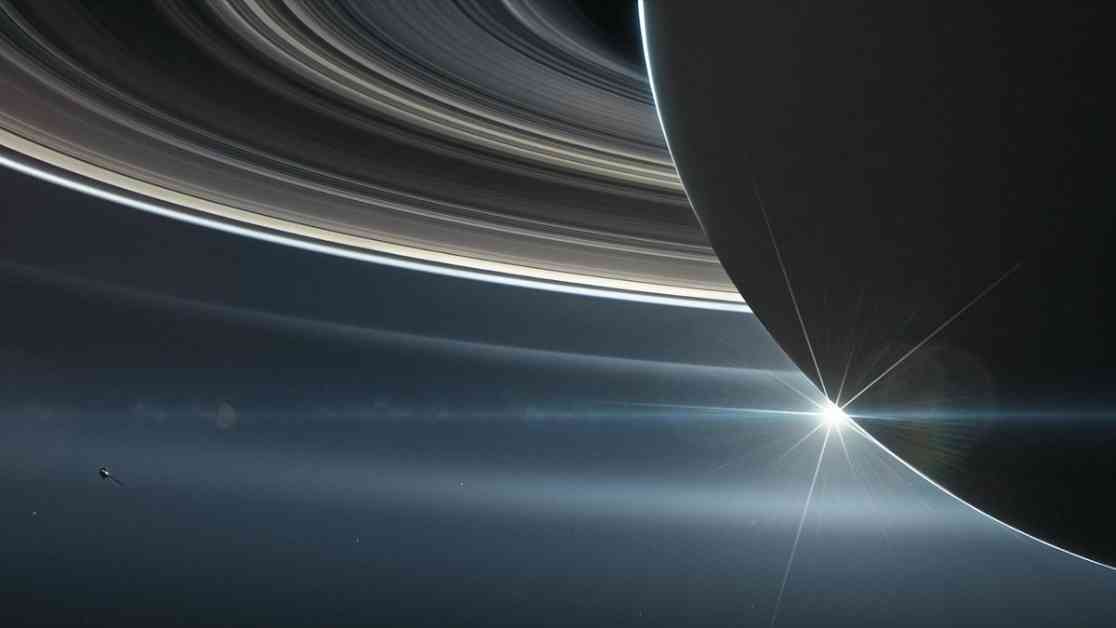Saturn’s Moons: A Celestial Bonanza
Astronomers recently made an astonishing discovery, spotting 128 previously unknown moons orbiting Saturn. This revelation has catapulted Saturn’s moon count to a staggering 274, nearly doubling the number of moons found around all other planets in our solar system combined. This new development solidifies Saturn’s position as the undisputed “moon king” of our celestial neighborhood, leaving its closest competitor, Jupiter, trailing far behind with a mere 95 confirmed moons.
The International Astronomical Union formally acknowledged this groundbreaking find, which researchers unveiled in a study published on March 10 in the journal arXiv. While the discovery has yet to undergo peer review, the team behind it is ecstatic about the wealth of information these new moons provide. Edward Ashton, the lead author of the study and an astronomer at the Institute for Astronomy and Astrophysics at Academia Sinica, Taiwan, described the discovery as a “bonanza” that sheds light on the evolution of Saturn’s irregular natural satellite population.
Unraveling Saturn’s Moon Mystery
The newfound moons belong to the Norse group of Saturn’s moons, a collection of satellites that orbit in retrograde—moving in the opposite direction to the planet’s rotation—along elliptical paths beyond Saturn’s iconic rings. These 128 irregular moons are relatively small, measuring only a mile or two in diameter and lacking a spherical shape. Scientists believe that these diminutive moons are remnants of larger bodies that met a violent end, likely through a cataclysmic collision with either Saturn’s other moons or a passing comet. This catastrophic event could have taken place as recently as 100 million years ago, according to the astronomers involved in the study.
The discovery of these moons was made possible by the Canada France Hawaii Telescope (CFHT), which conducted a sky survey around Saturn from 2019 to 2021. Initially identifying 62 new moons, the telescope also detected faint signals hinting at an even larger number of orbiting bodies, although confirmation was not possible at the time. Determined to uncover more of Saturn’s hidden treasures, the research team revisited the same sky fields over three consecutive months in 2023, ultimately revealing the existence of 128 additional moons. Edward Ashton expressed confidence in Saturn’s lead, predicting that Jupiter, its closest rival, would never catch up in terms of moon count.
The Future of Moon-Spotting
While the researchers are thrilled with their latest discoveries, they acknowledge that current telescope technology may limit further exploration of moons around gas giants like Saturn, Uranus, and Neptune. Ashton hinted that advancements in telescope capabilities could unlock even fainter signatures, potentially leading to new revelations in the future. For now, the team has wrapped up their moon-spotting endeavors, content with the wealth of information gleaned from their recent findings.
As the mysteries of our solar system continue to unfold, each new moon discovery offers a glimpse into the complex interplay of celestial bodies that shape our cosmic neighborhood. The allure of the unknown beckons astronomers and stargazers alike, inviting us to marvel at the wonders of the universe and humbly acknowledge the vastness of the cosmos that surrounds us.










